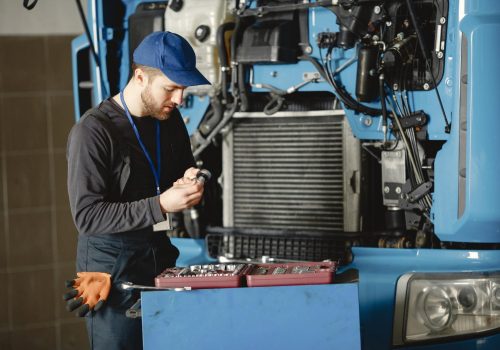What Do You Need to Know About Commercial DOT Inspection
For businesses operating commercial vehicles, understanding the requirements and implications of a commercial DOT inspection is crucial. These inspections ensure that vehicles meet safety standards and regulatory compliance, ultimately protecting drivers, passengers, and the public.
Here’s what you need to know about commercial DOT inspections, their significance, and how to prepare for them.
What Is a Commercial DOT Inspection?
A commercial DOT inspection refers to the evaluation of commercial vehicles to ensure they meet safety regulations set forth by the Department of Transportation (DOT). These inspections are conducted by qualified inspectors and can occur at roadside checkpoints or maintenance facilities. They assess various aspects of the vehicle, including its mechanical condition, safety equipment, and compliance with regulatory requirements.
Types of DOT Inspections
There are several levels of DOT inspections, each focusing on different aspects of vehicle safety:
- Level I: North American Standard Inspection
This comprehensive inspection covers both the driver and the vehicle, including checking for proper documentation, vehicle condition, and compliance with safety regulations. - Level II: Walk-Around Inspection
This inspection focuses on the vehicle’s exterior, ensuring that all necessary safety equipment is present and functional. - Level III: Driver-Only Inspection
This level evaluates the driver’s credentials, including their license, medical card, and logbook. - Level IV: Special Inspection
This is a one-time inspection for a specific item, such as a vehicle recall. - Level V: Vehicle-Only Inspection
Similar to Level I, but it does not include the driver’s documents.
Why Are DOT Inspections Important?
DOT inspections are vital for maintaining road safety. They help identify potential mechanical issues that could lead to accidents or breakdowns. Regular inspections also ensure that vehicles comply with federal regulations, which can prevent costly fines and penalties for non-compliance. For businesses, adhering to DOT requirements can enhance their reputation and reduce the risk of legal liabilities.
Preparing for a DOT Inspection
To prepare for a commercial DOT inspection, businesses should adopt a proactive approach:
- Regular Maintenance: Keep vehicles well-maintained and routinely inspected. Regular checks can help identify issues before an official inspection occurs.
- Documentation: Ensure all necessary documentation, including registration, insurance, and driver records, are up to date and accessible.
- Training: Educate drivers about inspection procedures and what to expect during a DOT inspection. This can help them be more prepared and calm during the process.
Understanding the nuances of commercial DOT inspection is essential for any business operating commercial vehicles. By being informed and prepared, businesses can ensure compliance, enhance safety, and foster a culture of responsibility on the road.





